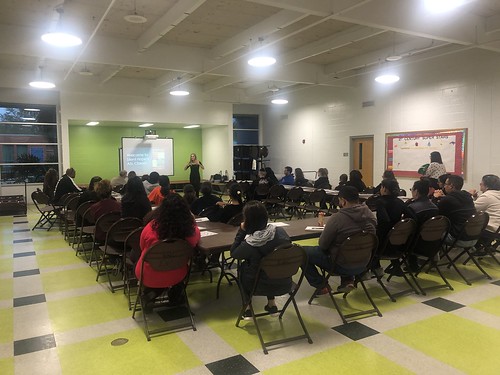Ngry children’s faces (Fig 3A). Towards sad faces, corrugator supercilii
Ngry children’s faces (Fig 3A). Towards sad faces, corrugator supercilii activation in response to positively and negatively behaving children differed depending on the learned domestic circumstance. In young children using a unfavorable domestic scenario, there was elevated corrugator supercilii activation towards young children displaying positive versus unfavorable behavior, while no significant distinction amongst positively and negatively behaving kids was seen in a positive domestic predicament (Fig 3B). Overall these information demonstrate that automatic facial responses towards children’s emotional expressions are certainly drastically affected by the observer’s know-how of child’s individual things. Increased corrugator supercilii activation towards angry children of which observers have discovered that they behave negatively could serve as a corrective or punitivePLOS 1 DOI:0.37journal.pone.06799 December eight,7 Context Modulates Imitation of Children’s Expressionssignal, equivalent to increased corrugator supercilii activation observed towards adults after getting treated unfair [23]. In contrast, elevated activation of the corrugator supercilii PubMed ID:https://www.ncbi.nlm.nih.gov/pubmed/25461627 towards sad faces is extra likely to signal empathy, that is reflected in increased activation of this muscle towards sad children displaying constructive in comparison with negative behavior, an interpretation in line with earlier observations [22]. Importantly, within the existing study this effect was observed only towards youngsters with a damaging domestic predicament, not towards kids with a positive domestic predicament. In line using the above interpretation of frowning responses to sad faces [9, 2], this might be brought on by increased sympathy for youngsters who each appear sad and possess a complicated situation at property. Nonetheless, the underlying motives of participants weren’t addressed within this study, and our functional interpretation of altered corrugator responses towards angry and sad faces should really hence be empirically tested in future study. We base our interpretations on analysis showing that corrugator responses towards sadness inducing stimuli are predictive of empathic behavior [20], whereas comparable corrugator responses towards angry faces have already been observed immediately after unfair versus fair opponents inside a trust game [23]. However, irrespective from the underlying motive in the sender, study on the socialization of children clearly demonstrates that emotional expressions of caregivers are vital in guiding their behavior [8]. Thus even when arising from a unique motivation than normenforcement, it might absolutely serve such a function from the perspective in the receiving youngster. In contrast for the corrugator supercilii, activation of your zygomaticus key in response to happy children’s faces did not differentiate based on context info. Even though this can be in contrast to facial responses towards adult faces in which stronger zygomatic big activation was measured towards positive in comparison to neutral or negative characters [22], an overview of your literature shows that mimicry of satisfied faces is PD1-PDL1 inhibitor 1 rather robust to contextual manipulations [0]. Reciprocating a smile is usually a lowcost response which will signal affiliative intent and smoothen social interactions, and is as a result unlikely to be suppressed. Furthermore, previous research has focused mainly on adult faces, and while adult smiles may also indicate dominance motives [29] this is unlikely to become the  case for children’s smiles. The present findings can cause a far better und.
case for children’s smiles. The present findings can cause a far better und.
Potassium channel potassiun-channel.com
Just another WordPress site
